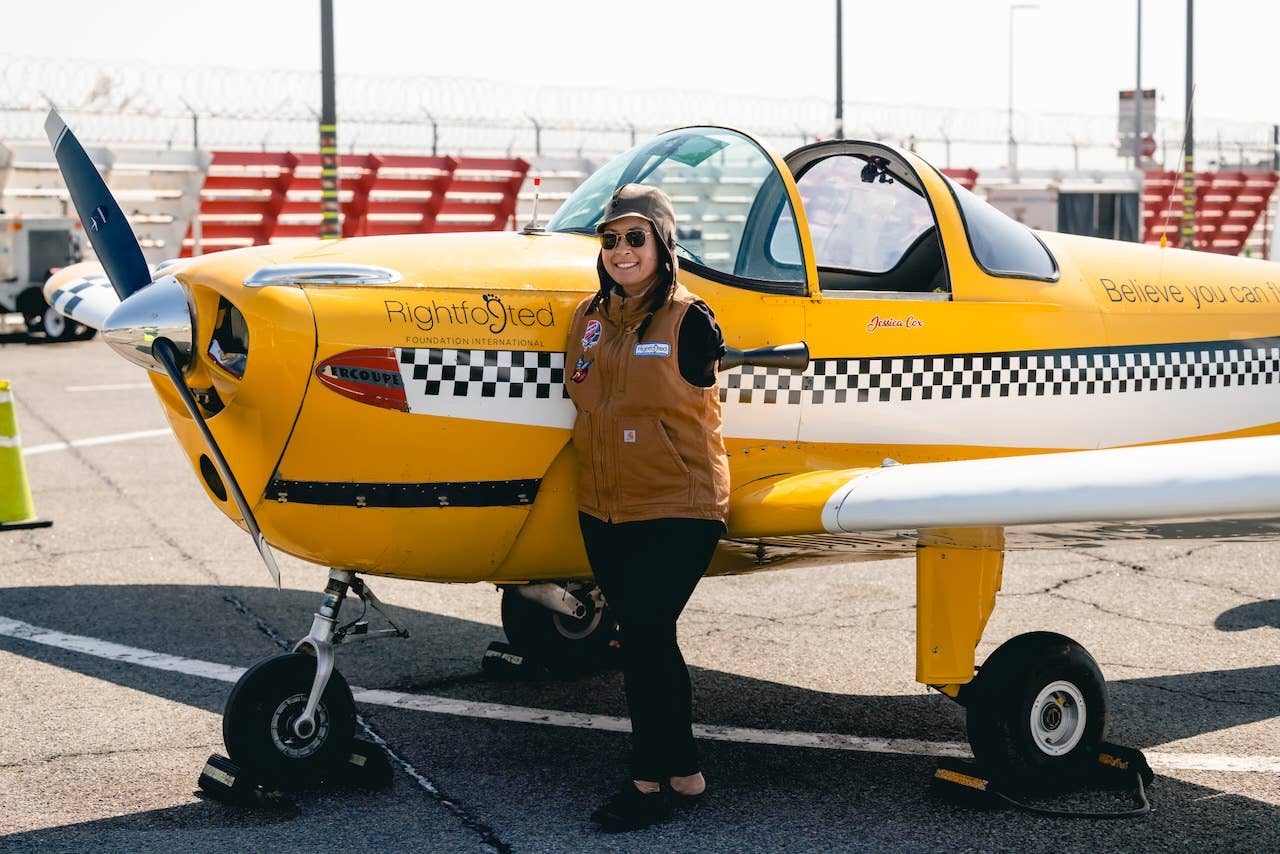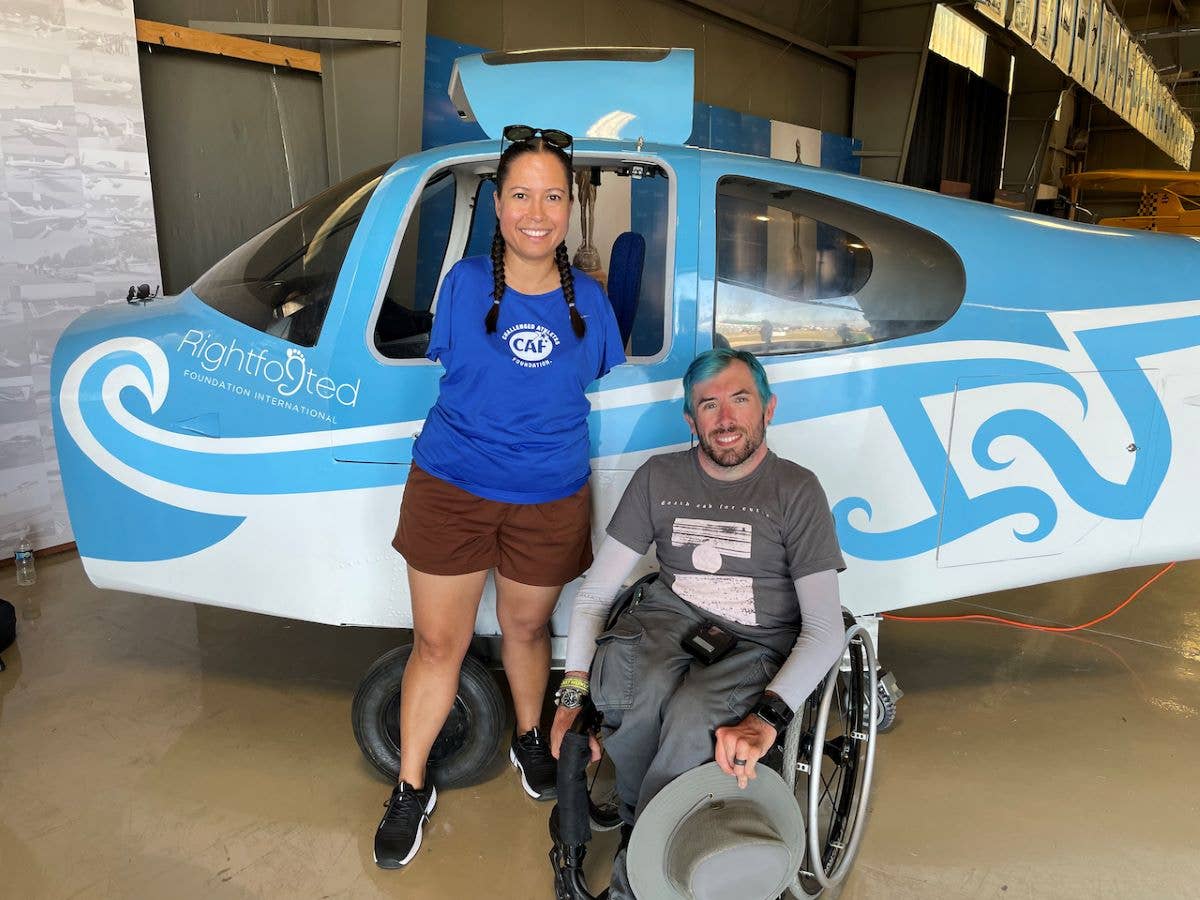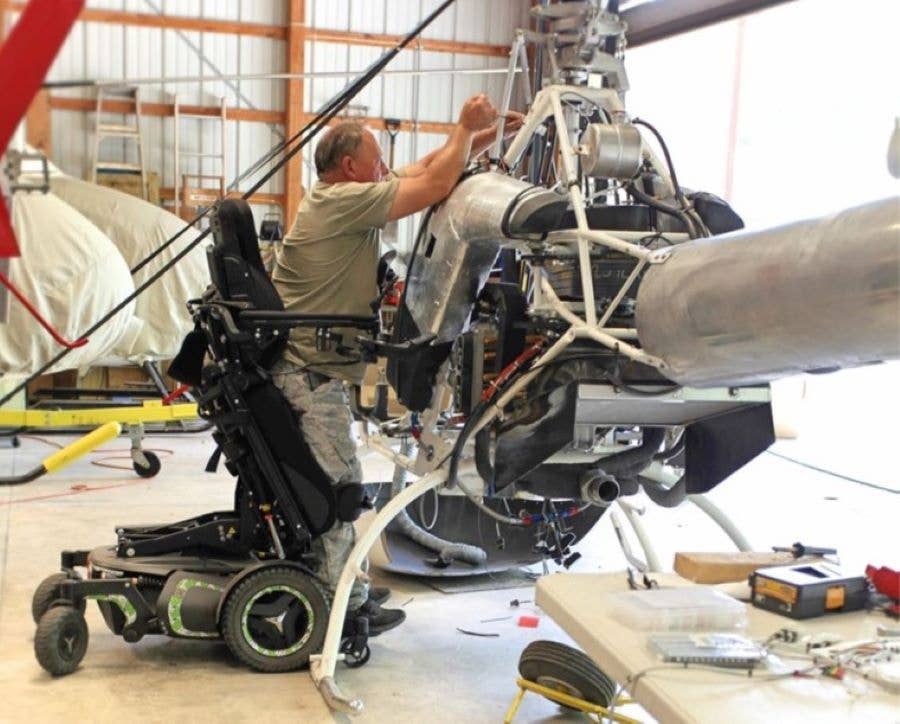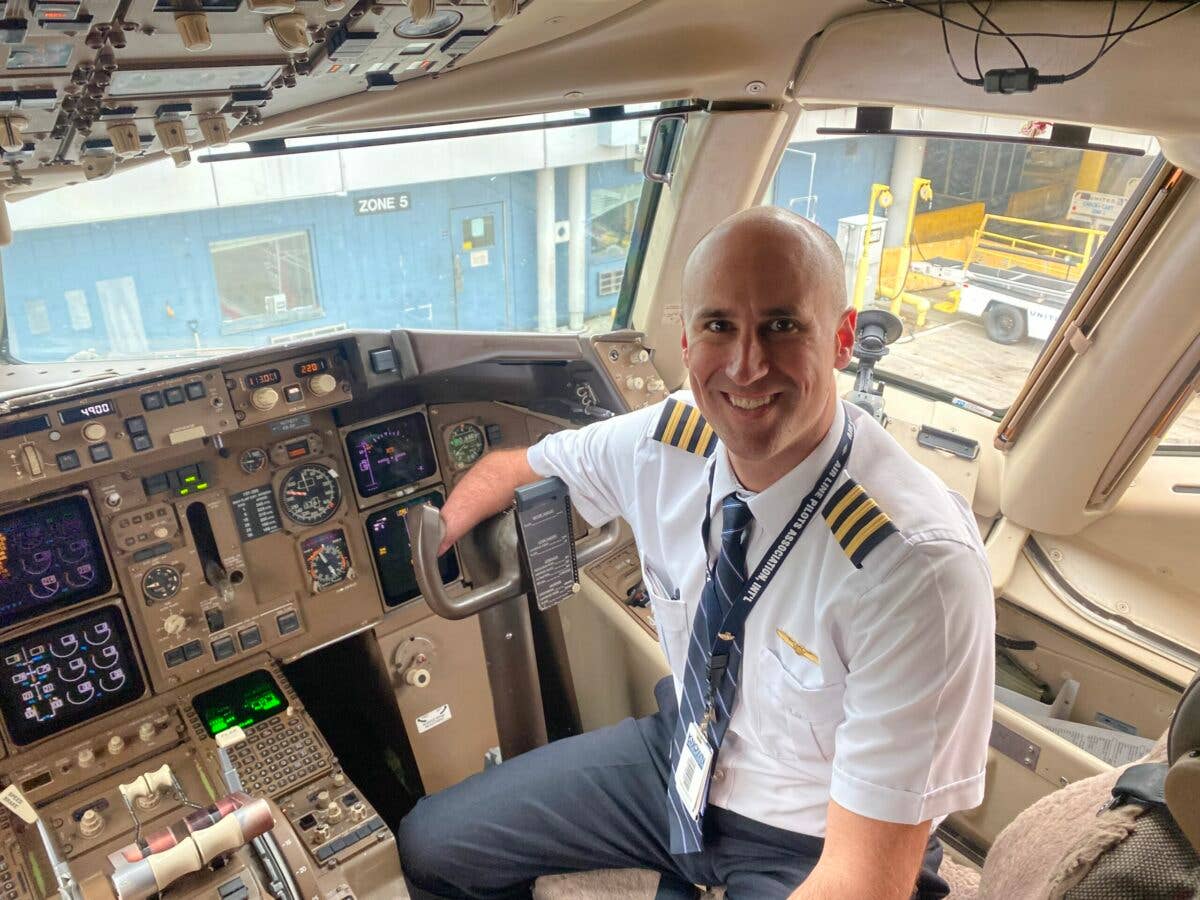The Fear of Flight
The emotional challenge that comes with the fear of losing contact with the ground can be overwhelming.
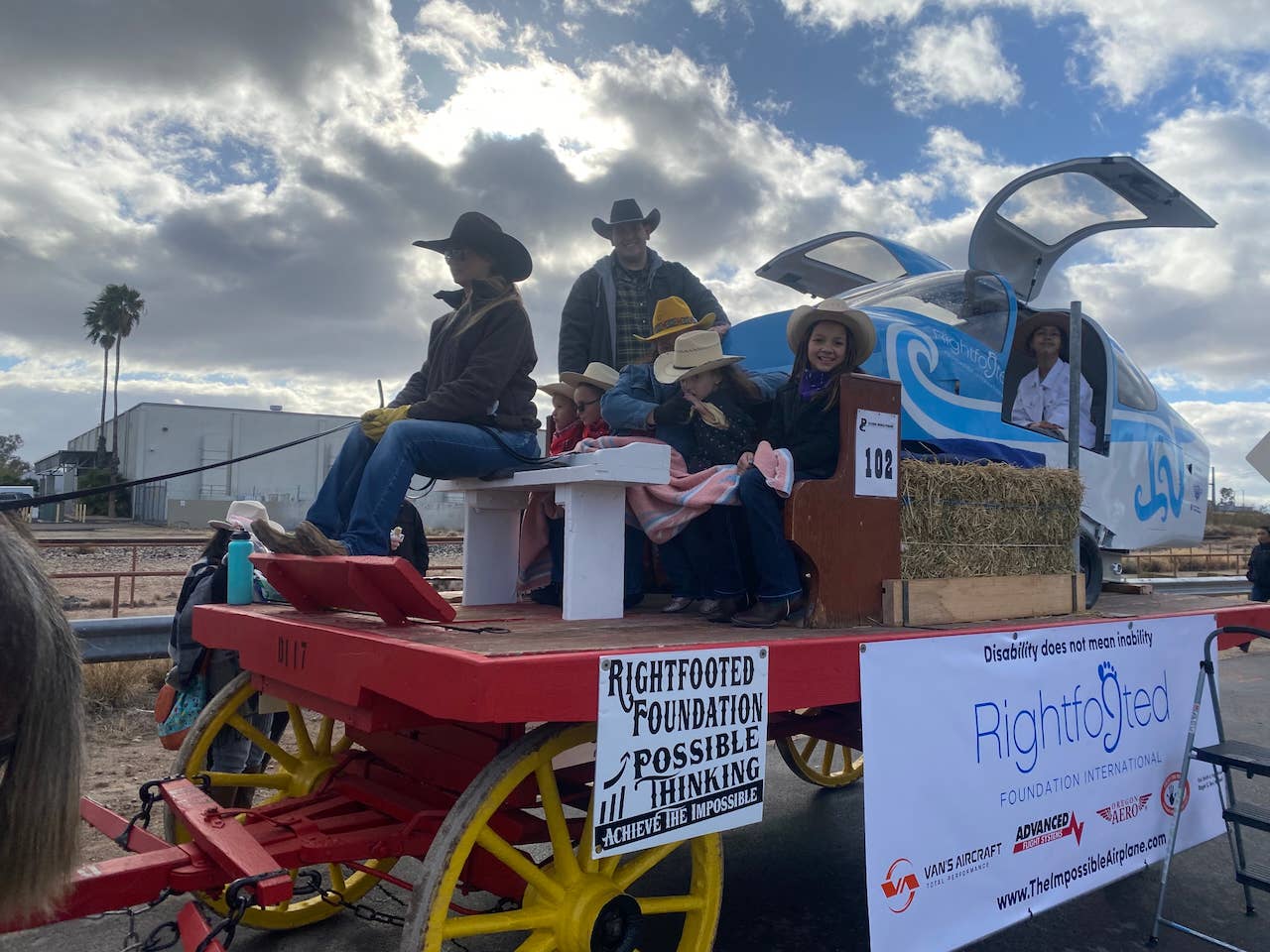
The Impossible Airplane simulator fuselage, loaded up and ready to ride through the Tucson Rodeo Parade. [Credit: Jessica Barbary]
As we celebrate Women’s History Month, I think about the women who made a dramatic impact on my aviation experiences. The first woman pilot to ever take me flying was one of my best friends, and there is nothing more encouraging than flying with a good friend. I knew that if she could do it, I could definitely do it.
My friend was a captain for a small airline but also flew her stepdad’s Grumman Tiger. One Saturday morning, she offered to take me up. We flew over a golf course, and she wagged the wings as we flew directly over her boyfriend who was golfing. It felt both so casual and surreal; just another day out with my friend—but we happened to be up in the air.
People initially focus on the physical aspect of flying an airplane without arms; they think about what a feat it is to fly with just my feet. People sometimes forget about the greater hurdle to learning how to fly—overcoming my fears. The physical challenge to flying was figuring out how to do all the procedures safely. The emotional challenge was overcoming my fear of losing contact with the ground. I think you would agree that emotional challenges are often more daunting than physical ones.
As a child, I was highly aware that I didn’t have anything to break my falls, the way normal children use their arms to protect their face. It became crucial for me to develop extraordinary balance and core strength. I also made sure to take note of what’s in front of me, so as not to stumble and hurt my face. There are certain things we do in life to protect ourselves. We also try to avoid reliving traumatic experiences. This is why solid footing became my security blanket—I was afraid of losing it when I flew.
To be honest, even with many years of flying, taking off from terra firma has always been disconcerting for me. I have to constantly reassure myself that I will be just fine. Let’s just say I won’t win an award as the most relaxed pilot. I usually tell people before I take off that I will become very quiet. I do this because taking off is highly emotional for me.
Becoming a pilot has helped me to do something, despite having the fear of it. My nonprofit is about challenging children with disabilities to do the same. When we do something, not in the absence of, but despite the fear, we gain confidence in ourselves and our abilities.
I am so happy that we were able to take six children with disabilities on our float for the Tucson Rodeo Parade. Our float was inspired by my two passions—aviation and disability advocacy. We put the Impossible Airplane simulator on a wagon, and along with the children, I was joined by the board members of my non-profit.
When we finished the parade, I asked the children (mostly aged 7 to 9) how they felt. They admitted being nervous in the beginning but how it turned out to be so much fun in the end. They were glad to have finished the parade despite their initial hesitation.
Rightfooted Foundation International is all about transformative experiences like this. We want to use aviation to inspire children who would otherwise be discouraged because of their limb difference. We want to plant seeds of hope and courage in hearts that will one day change the world.

Sign-up for newsletters & special offers!
Get the latest FLYING stories & special offers delivered directly to your inbox

